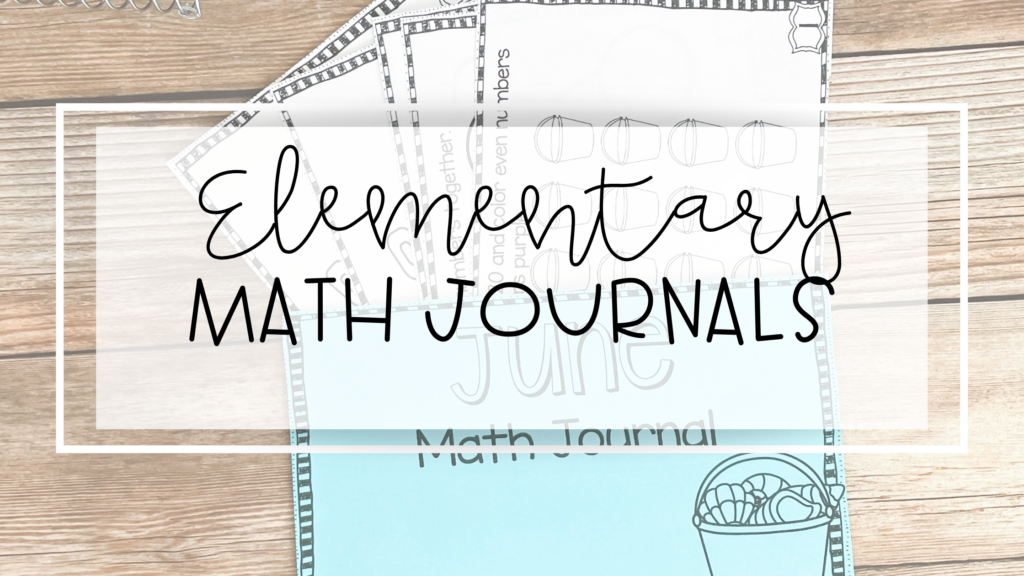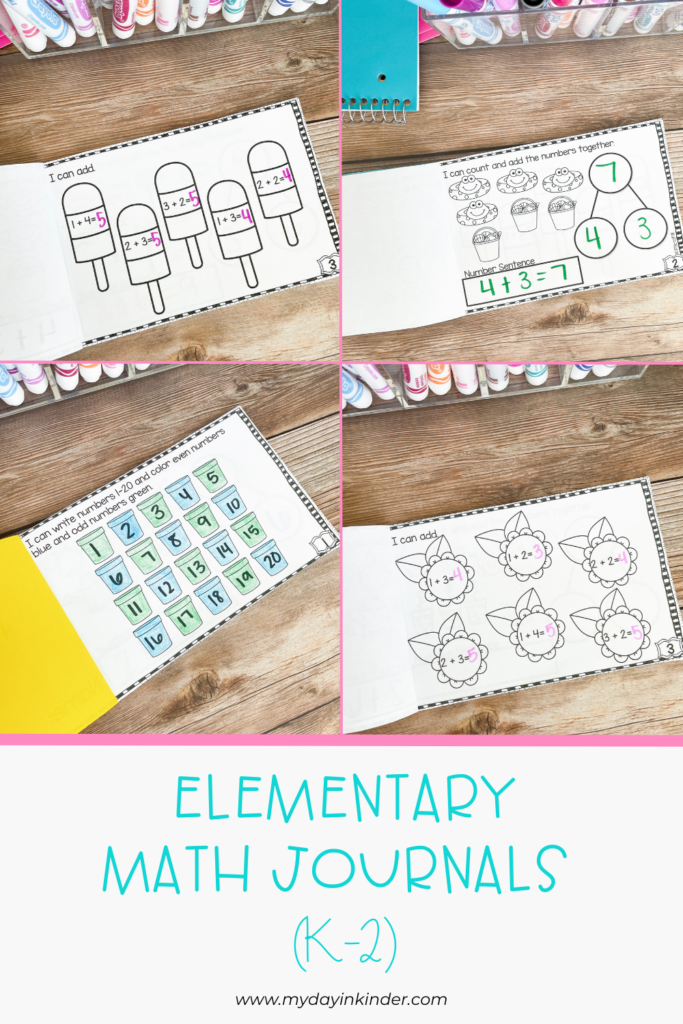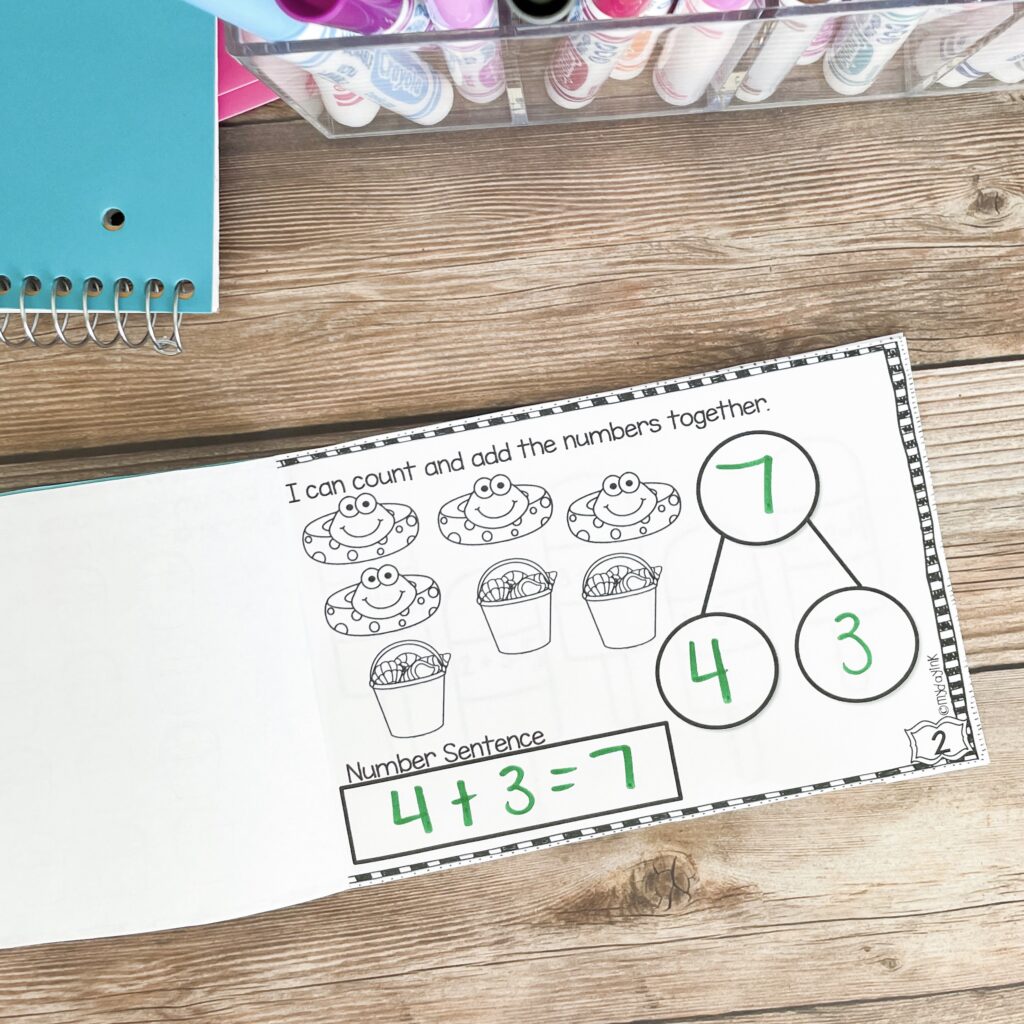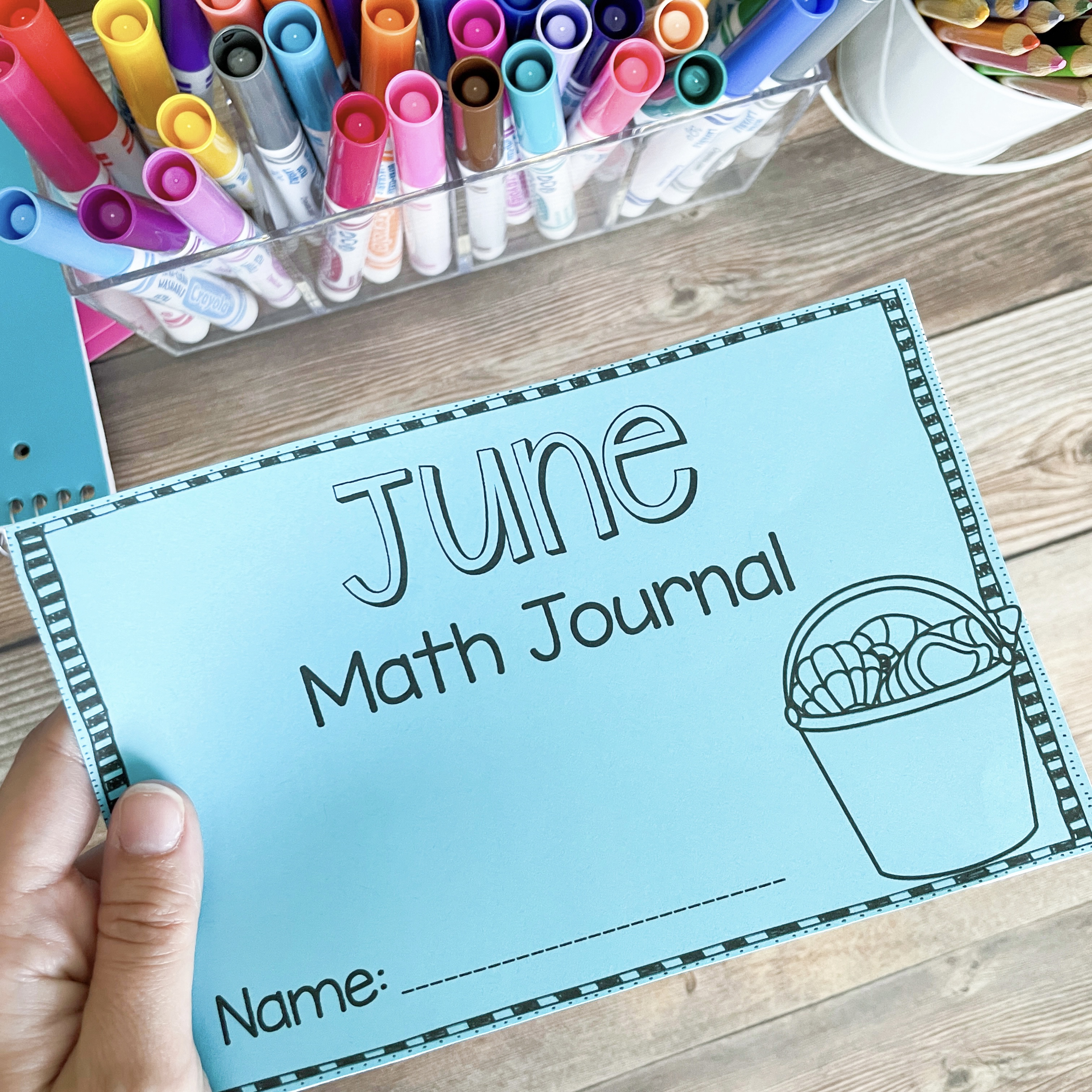Easily Unleash Your Students’ Math Superpowers with Elementary Math Journals
Let’s chat about the world of elementary math journals, where math becomes a journey of exploration, problem-solving, and creativity. There are so many ways to unlock your students’ mathematical minds and create a classroom where numbers come to life. One of my absolute favorites for my classroom is elementary math journals!

Mathematics education is a crucial part of a student’s academic journey, providing them with essential problem-solving and critical-thinking skills. To ensure students develop a solid foundation in math, it’s important to engage them in meaningful and interactive activities. That’s where elementary math journals come in. These journals are valuable tools that encourage students to apply math concepts, develop mathematical reasoning, and sharpen their skills engagingly and creatively.
Unleashing the Power of Elementary Math Journals
Elementary math journals offer endless possibilities for students to practice math skills, explore mathematical concepts, and cultivate a love for numbers. Let’s delve into a personal story that highlights the wonders of math journals, whether you decide to incorporate them into your math warm-ups or throughout your lessons in other ways. There are a ton of benefits.
In my kindergarten classroom last year, I introduced math journals as part of our daily math routine. Each day, my students eagerly flipped through their math journals and worked on different problems ranging from solving addition and subtraction problems to measuring objects and identifying patterns. Their math journals became their passports for mathematical exploration. As they wrote, drew, and solved problems, their mathematical confidence grew by leaps and bounds. These elementary math journals not only made math enjoyable but also fostered a deeper understanding of mathematical concepts, all while igniting their love for numbers.
Effectively Using Elementary Math Journals
Let’s explore some tips for using these journals in your classroom:
Grade-Level Engagement
Choose math journal prompts that align with your student’s grade level, whether 1st grade, 2nd grade, or even 3rd grade. Look for resources and math journals specifically designed for the grade you teach.
Diverse and Engaging Prompts
Select a variety of math journal prompts that cover different mathematical concepts, such as number sense, geometry, measurement, and more. This ensures a well-rounded and comprehensive approach to math learning.
Promote Mathematical Problem-Solving
Encourage students to think critically and solve problems independently. Provide open-ended journal prompts that require students to apply their mathematical skills and reasoning.
Foster a Creative Environment
Allow students to express their mathematical thinking through writing, drawing, and even creating their own math problems. Embrace their unique perspectives and encourage creative approaches to problem-solving.
Access Valuable Resources
Utilize valuable resources like the June Math Journal [link] to enhance your math journaling activities. These math journals provide a wealth of creative prompts, engaging activities, and valuable information to support your teaching.
Themed Math Journals
Using NO PREP math journals can give you a full year of daily math practice and spiral review practice. Each month is filled with math concepts that increase in rigor as students build their math understanding and math skills. The daily math journals provide your students with a spiral math review helping them gain confidence and master math skills. The directions are written so that students can easily understand what is expected of them, which helps to foster and build student independence and allows teachers the necessary time and opportunity to work with other students. The fun and engaging monthly themes add that extra element of whimsy to daily math practice in your classroom.
If you want to test them out, I suggest the June Math Journals. Using them during the end of the year is a perfect chance to see what students have learned and have a little fun during math lessons!
By incorporating these journals into your daily routine, you’ll witness your students’ mathematical skills flourish, their critical thinking soars and their love for numbers ignite.




